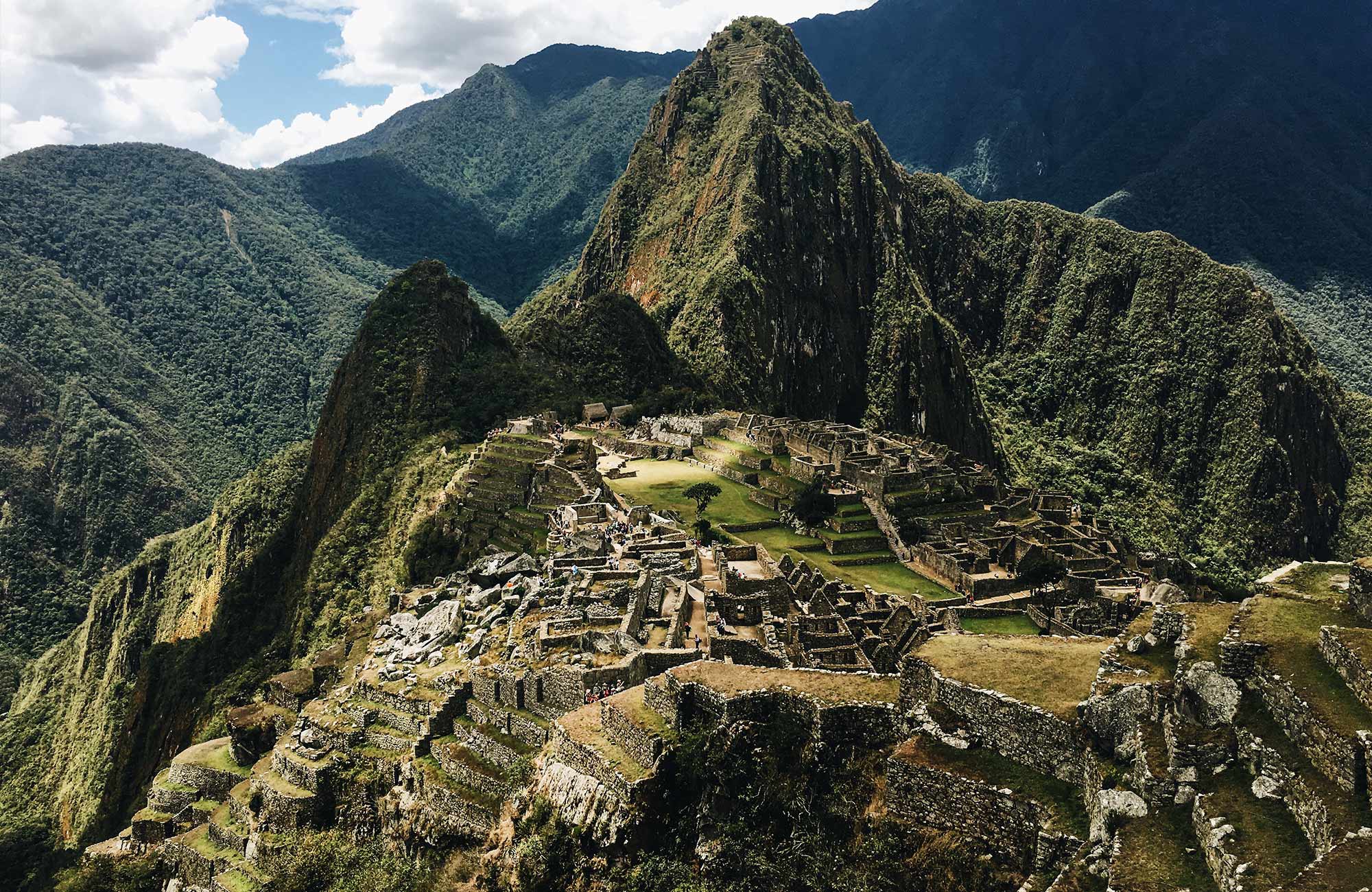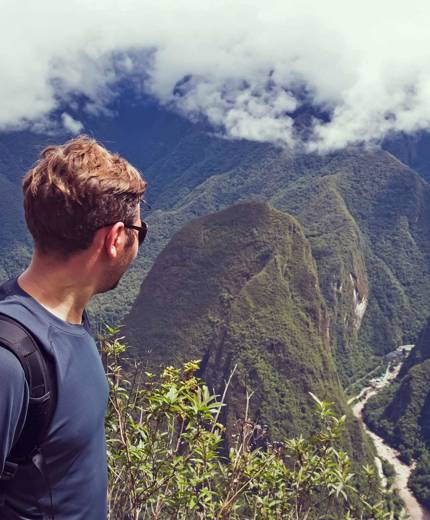Named one of the New Seven World Wonders, the 'Lost' Inca city of Machu Picchu is on every traveller's bucket list. And there's no better way to get there than the iconic Inca Trail. This breathtaking trekking route takes you through lush jungles, past terraced ruins and high up into the Andean mountains to arrive at the famous site.
It's so popular that permits sell out months in advance and the trail closes during the wet season (typically every February). That's why we recommend booking early.
The Inca Trail isn't the only trek ending at Machu Picchu - there's the equally spectacular Lares Trek and the lesser-followed Salkantay Trek for those who miss out on permits or are looking for a quieter experience.
And lucky for you we offer all three options! Find out more below.


